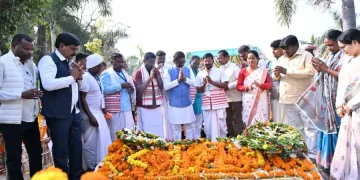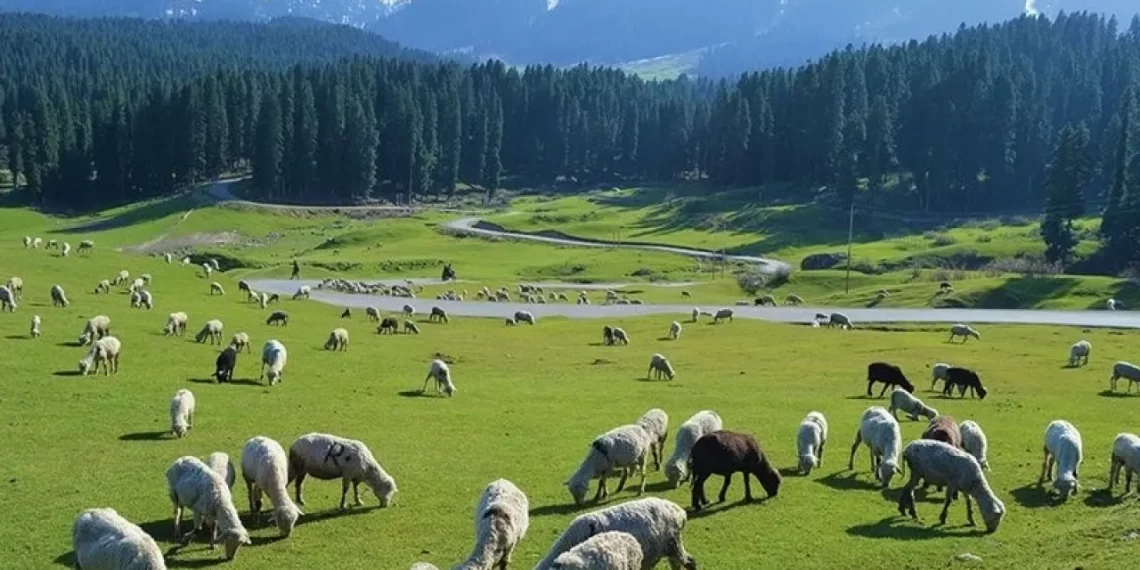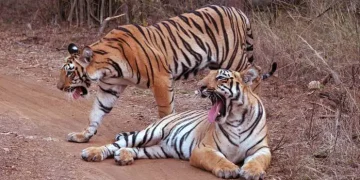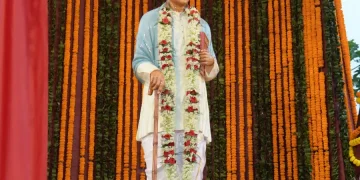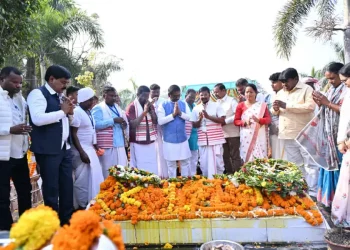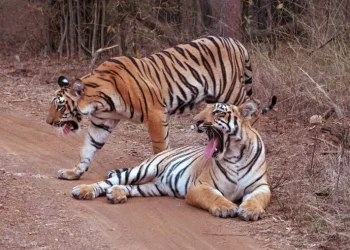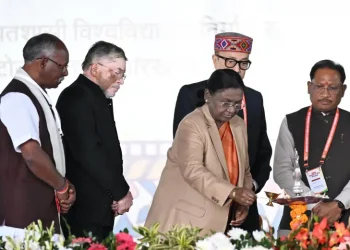India is one of the over 25 countries where transhumance — the historic socio-economic practice of movement of families along with livestock, mostly vertical migration — is prevalent. And Jammu and Kashmir has India’s highest transhumant population comprising the Scheduled Tribes namely Gujjars, Bakkerwals, Gaddis and Sippis.
In a first-of-its-kind survey of transhumant tribal population in 2021 by the Tribal Affairs Department of Jammu and Kashmir, it was found that 6.12 lakh people migrate every year to highland pastures known as Dhoks.
Four types of migrations are in vogue: Intra-Districts (highest number), inter-district, inter-province (second highest number) and inter-State/UT (to Ladakh, Himachal Pradesh and Punjab).
It was also found that more than 30,000 families migrate from the Jammu province to Kashmir, mostly undertaking the route of National Highway-44 and Mughal road. A majority of them are from the tribal-dominant districts of Rajouri and Poonch.
Against this backdrop, the Tribal Affairs Department mapped and geo-tagged the highland pastures called Dhoks so that it can ensure the tribals don’t miss out on the benefits of the Government’s welfare schemes meant for them during their migratory duration.
The Department also initiated a slew of measures to facilitate the movement of these migratory families.
It takes about three weeks to six weeks, mostly on-foot, for the families to reach the Dhoks. Some families which could afford the migration through transport facilities used to do so through private services, until this year.
The J&K Tribal Welfare Department initiated work on two projects to support the migratory families.
Establishment of Transit Accommodations
- In Phase-I, 8 Transit Accommodations each with a cost of Rs 3.50 cr were started in late 2021. Of them, 2 are nearing completion
- Each Transit Accommodation can accommodate upto 300-350 people. Each TA has a livestock yard, veterinary dispensary and medical centre
- Transit Accommodations to be used for brief halts on way to Dhoks and will also serve as pick-up and drop-off points for the transportation system
- The system modeled on facilities provided in countries like Italy and France
Introduction of Transport System to Facilitate Movement
- To reduce travel time to merely 1-2 days compared to present 3-6 weeks depending on the distances to be covered
- Initially a fleet of 40 trucks has been made available. Flagged off on Sunday (May 8)
- Funds amounting Rs 6.80 cr released to J&K Road Transport Corporation for 30 trucks
- Department will include more trucks and passenger vehicles for facilitating their return
- Annual permit system involving several NOCs and permissions from various offices being replaced by Smart Cards with one-time data updation
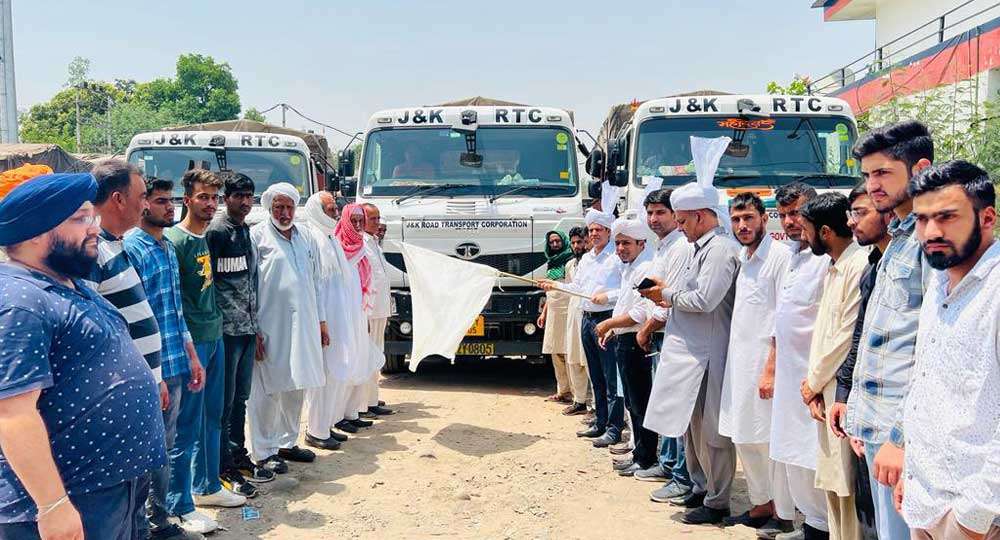
“The survey conducted in 2021 laid the basis of transition as all demographic details were covered. Through a competitive process, agencies have been empanelled for spot visit and generation of Smart Cards on the lines of Aadhar Card. The Smart Card contains the details of family and livestock, origin, transit, destination and other details required for smooth and hassle-free movement and welfare,” Dr Shahid Iqbal Choudhary, Secretary to Government, J&K Tribal Affairs Department, said.
Livestock of Migratory Families in Numbers
- Particulars
- Sheep (Lakh)
- Goats (Lakh)
- Cattle (Lakh)
- Horses (‘000)
- Wool Production (Lakh Kg)
- Details
- 12.85
- 8.51
- 4.01
- 86.80
- 78.25
Choudhary said while his Department has also introduced mobile veterinary healthcare and mobile medical units this year, to be augmented further to cover the entire migratory population, the Tribal Research Institute has engaged more than 40 professionals as Fellows to design various welfare projects for the migratory population in different sectors.

